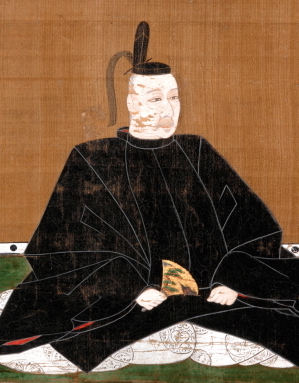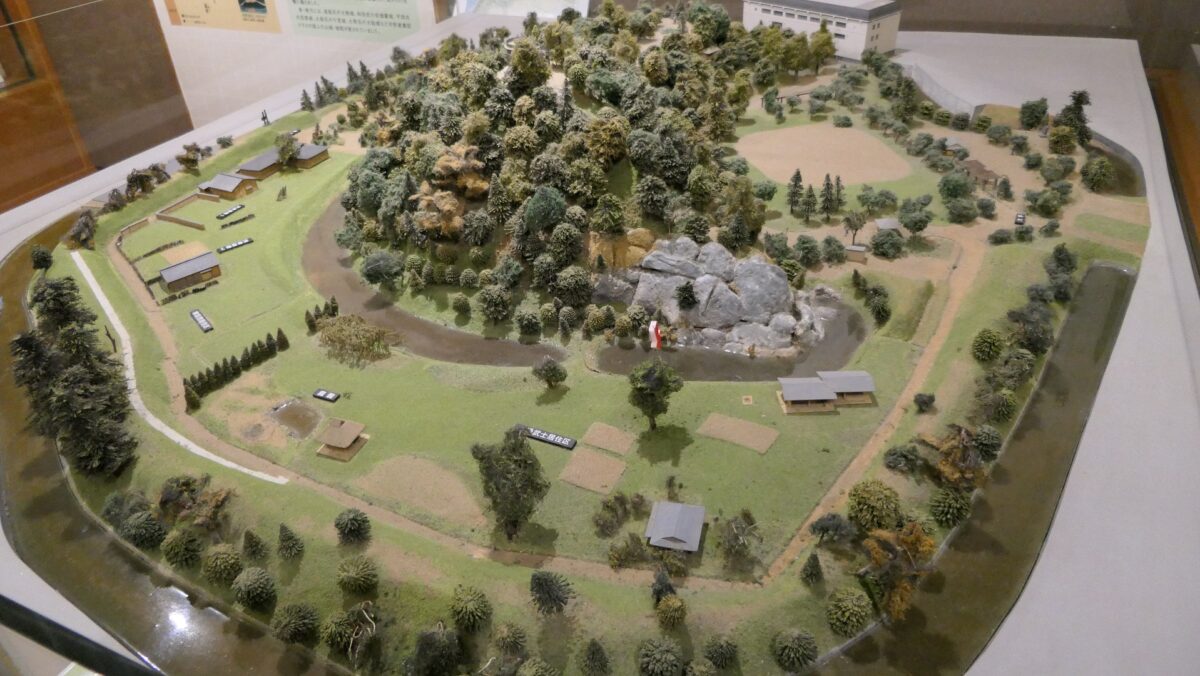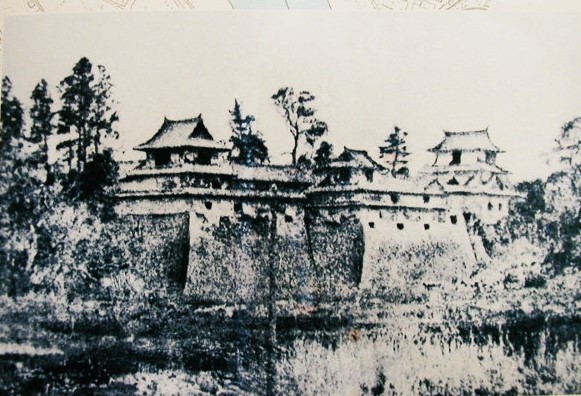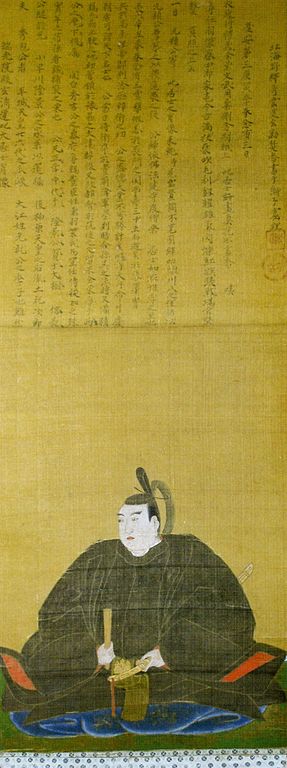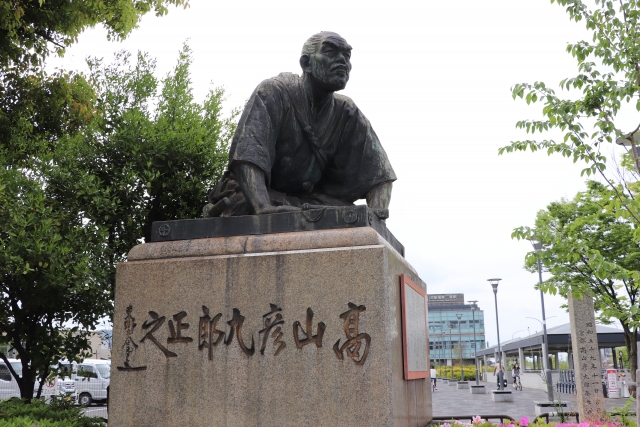Location and History
Great find of Matsuyama City
Matsuyama City is one of the most popular tourist spots in Japan, which is also known for attractions such as the Dogo Hot Spring and Matsuyama Castle. However, you should check out another one as well, called Yuzuki Castle. The Dogo Hot Spring has been said to be the oldest hot spring in Japan, so some ancient imperial family members probably including Prince Shotoku once visited there and stayed for a while. The hill, where Yuzuki Castle would be built later, was near the hot spring and had the Isaniwa Shrine at the top. That means the area around the hill had been considered a holy place by the people in Iyo Province which is now modern day Ehime Prefecture.
The range of Iyo Province and the location of Yuzuki Cassle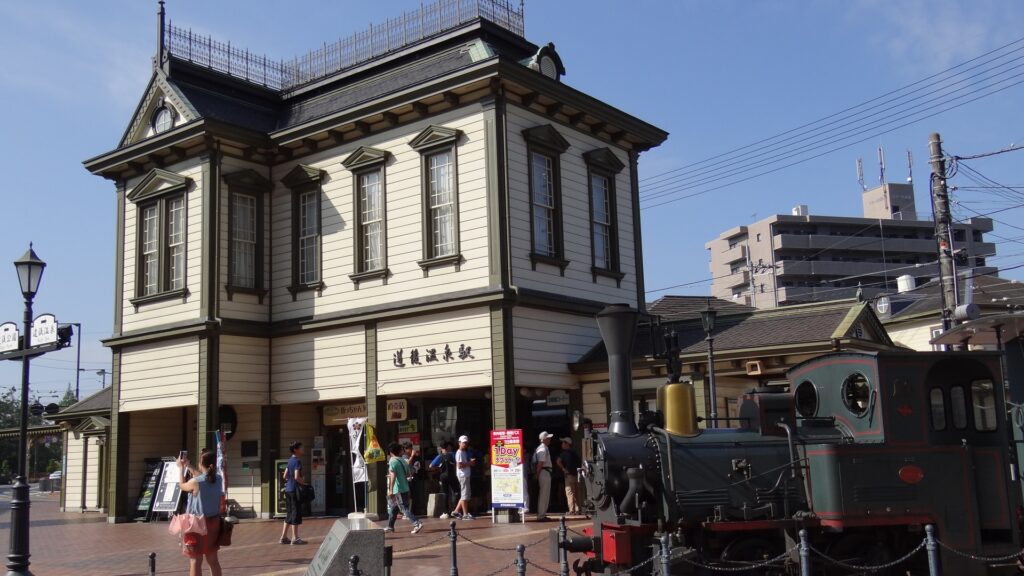
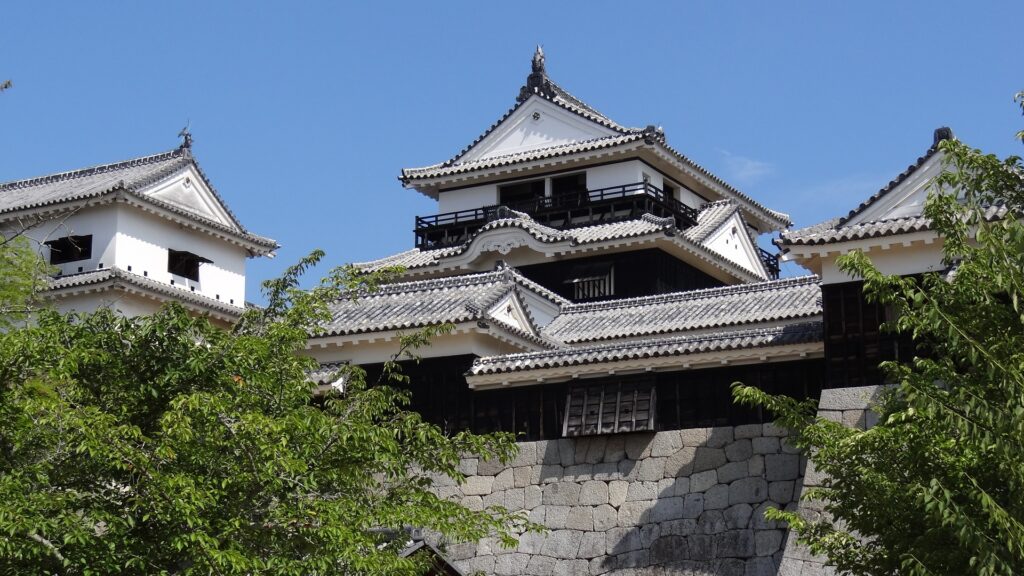
Official Residence of Governor, Kono Clan
The Kono Clan was one of the local clans in Iyo Province. When the Mongol Invasion happened in 1281, Michiari Kono, the lord of the clan, was very active in the battle against the Mongol troops, who was also drawn in the picture scrolls of the Mongol invasion attempts against Japan, which was produced by Suenaga Takezaki. In the first 14th Century, the Kono Clan managed to take over the province, therefore, they built Yuzuki Castle on the hill after relocating the shrine to another place next to the hill. The clan finally became the ruling clan of the province, living in the castle as the official residence of the governor. The holy spot probably also provided the clan more authority.
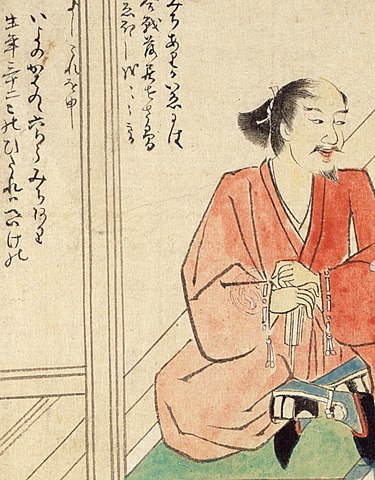
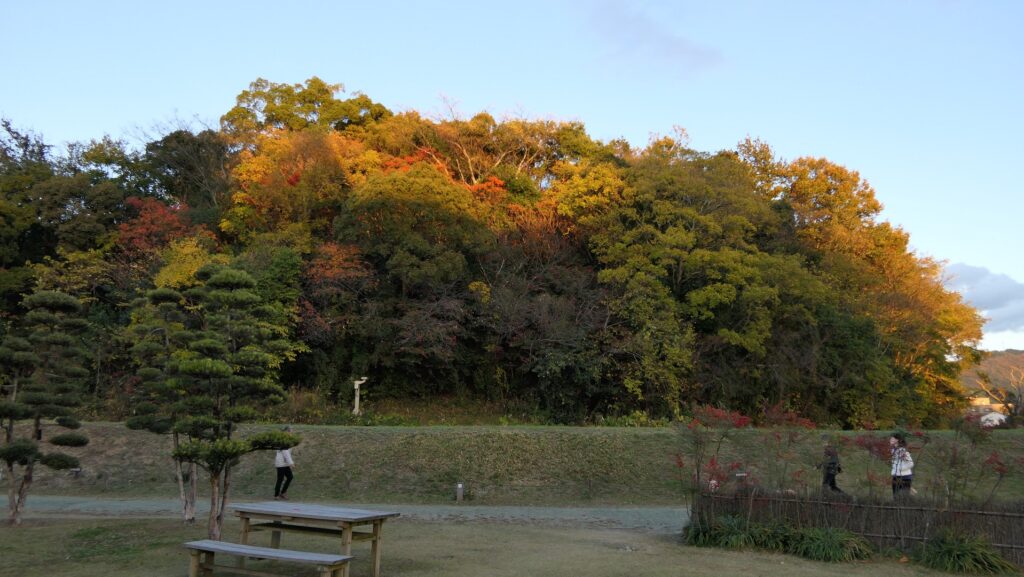
However, the governance of Iyo Province by the Kono Clan was not very stable. This was because other clans such as the Hosokawa and Ouchi Clans invaded the province. The Kono Clan itself sometimes had internal troubles as well. In 1535 during the Sengoku Period, Michinao Kono, the lord of the clan at that time, built an Outer Moat using earthen walls inside, to make his castle much stronger defensively. The castle originally had an Inner Moat with other earthen walls outside, so by having the second outer moat, it doubled the moats.

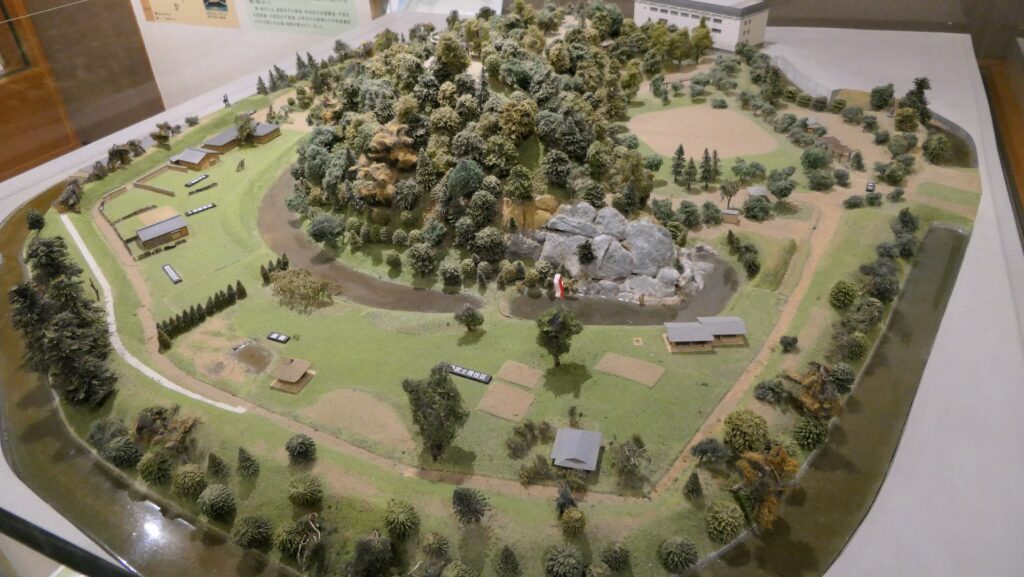
It is still uncertain what the center of the castle on the hill was used for, but the lord of the castle might have lived there. The area between the Inner and Outer moats was shared by the warriors for living and divided by the mud walls for each resident. The southern part was used as the residences for the high-class warriors. Each portion for them was large and a Japanese garden was built next to that part. On the other hand, the western part was used as the residences for the middle-class warriors. Each portion was much smaller than that of high-class residences, but one of the residences had a meeting room where people could enjoy parties for poetry which were very popular back then. In addition, the castle had at least two gates, one on the eastern gate which was the front and another one on the western side which was the back.

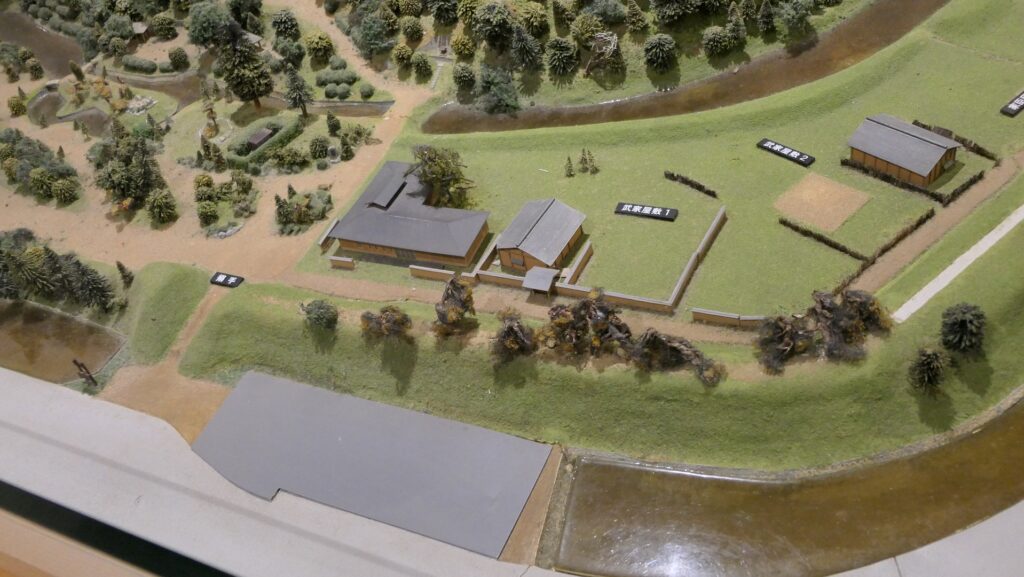
Castle is abandoned after Kono Clan declines
Despite the renovation of the castle, the Kono Clan struggled to maintain it. According to the excavation, the castle was burned down after the renovation. The clan managed to rebuild the castle and tried to survive by working closely with the Kurushima Clan as well as with the Murakami navy forces. Despite the invasion by the Chosogabe Clan from Tosa Province, which was the south of Iyo, along with the unification of Japan by Hideyoshi Toyotomi, the Kono Clan had to ask the Mori Clan in the Aki Province, which was the north of Iyo, for help. In 1585, Ushifukumaru Kono, the last lord of the clan, handed the castle over to Takakage Kobayakawa, who was a relative of the Mori Clan. In 1588 when Masanori Fukushima, following Takakage, moved from Yuzuki Castle to another castle. the castle was eventually abandoned.
